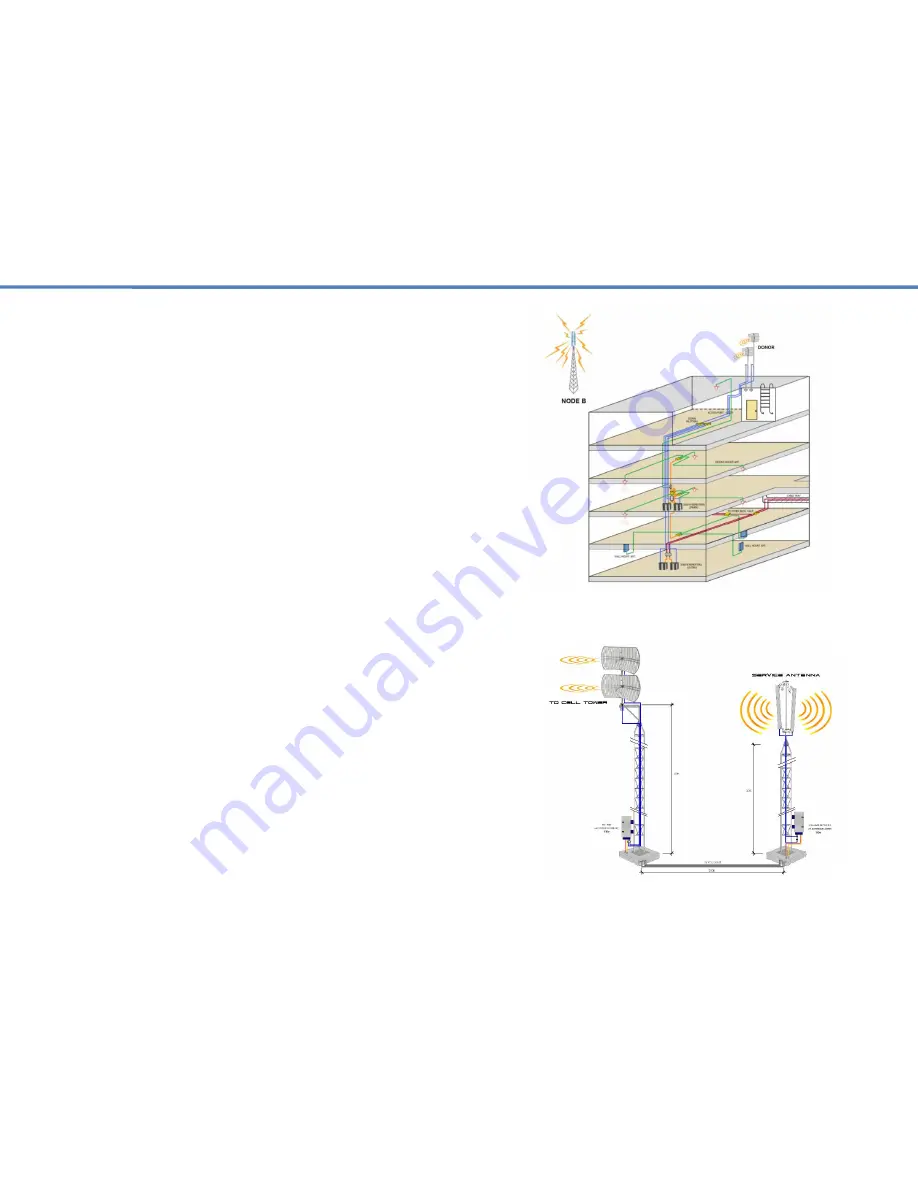
1. Preface
Personal mobile communication is now part of daily life and persons have
come to expect a robust network that meets their increased demand for an
always-on network that provides seamless coverage and unlimited
bandwidth at high speeds. Cellular repeaters are an integral part of
achieving this goal.
A cellular tower in a non-metro environment typically supports a large
capacity of users but is affected by a relatively small coverage footprint.
Therefore, the average number of users who can access it is limited and a
large amount of channel resources go unused. The best way of solving this
problem is to use repeaters to extend the BTS coverage to fully utilize the
telecommunication resources. Hence cellular repeaters are no longer
considered as peripheral devices to cover blind areas in the network but as
part of the core network itself. Extending coverage and maximizing the
available network resources and revenue growth for the operator.
The complete coverage approach is not only a prerequisite for a high quality
mobile cellular network, but also a factor that attracts users. From this point
of view, a network operator should first consider providing a radio network
architecture with complete coverage in mind. This includes seamless
coverage in urban areas, heavy traffic areas, office buildings, super markets,
and top grade hotels as the first step. Cellular repeaters successfully aid in
accomplishing this.
With this in mind, JDTECK has focused on successfully developing
advanced repeaters that are applicable to any mobile network and indoor
distributed antenna system (DAS). Repeaters are available to support any
technology or frequency used today.
Because a large amount of BTS or Node B devices are deployed in densely
populated urban areas, there is usually no large blind area. Repeaters are
simply used to provide coverage inside buildings, sub-ground locations or
rural outdoor areas. Typically, radio frequency (RF) repeaters are used when
optical fibers are not available in buildings or when using a fiber solution is
not cost effective.
Since the number of repeaters on a cellular network usually increases with
the number of buildings to be covered in a specific sector, multiple repeaters
may end up feeding from one BTS or Node B. In view of this, the design of
the DAS is extremely important to maintain an acceptable noise floor and
thus achieve seamless integration to the macro network especially in
densely populated areas.
Figure 1 shows an
indoor
application of repeaters. (I-DAS)
Figure 2 shows an
outdoor
application of repeaters. (O-DAS)
3
4





























